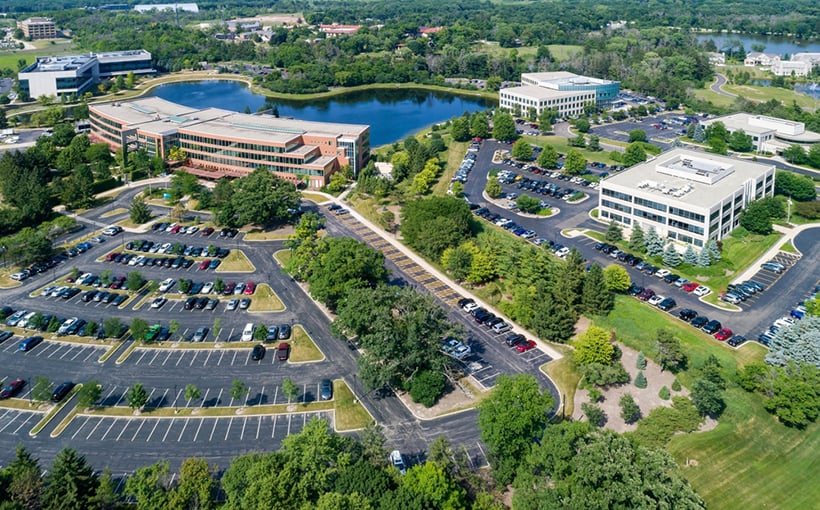In recent years, secondary markets have become increasingly attractive to commercial real estate investors due to various advantages over coastal and gateway cities. Matthews Real Estate Investment Services’ article “Reimagining CRE/Secondary Markets, Remote Work and Investment Trends” highlights the growing appeal of these markets.
According to Matthews experts, under certain conditions, secondary markets can offer compelling investment prospects with potentially higher returns compared to urban cores and primary markets that may be facing economic challenges. However, it is important for investors to thoroughly research the location and carefully consider investment risks before making a decision.
One factor contributing to the rise of secondary market investments is ongoing population migration from cities to more affordable suburban areas. This trend has been accelerated by increasing cost-of-living in urban areas. A survey from Homebay found that 25% of Americans are moving from cities to suburbs while 40% would prefer living in a city if money were not an issue.
Although there have been discussions about employees returning full-time back into offices post-pandemic, remote work arrangements continue being embraced by many companies as well as employees themselves. According CNBC’s report on WFH Research data , only 59% of full-time workers are currently back at their office five days a week while others operate through hybrid or fully remote arrangements. As noted by Matthews experts: “Remote work has become mainstream and is likely here stay.”
With more people working remotely (even part-time), there is an increased demand for larger living spaces such as multifamily units or homes with home office space – which tend be more available (and affordable) in secondary market locations outside major metropolitan areas.
This further supports the argument for investing in these fast-growing secondary markets rather than solely focusing on traditional gateway cities like New York or Los Angeles.




